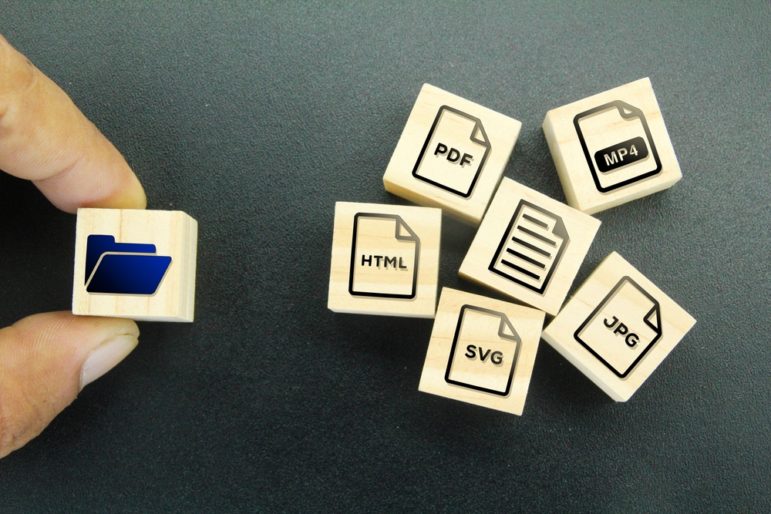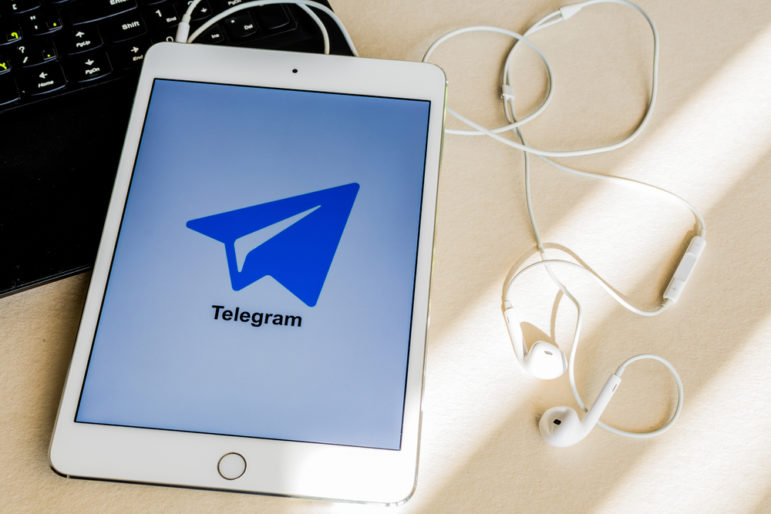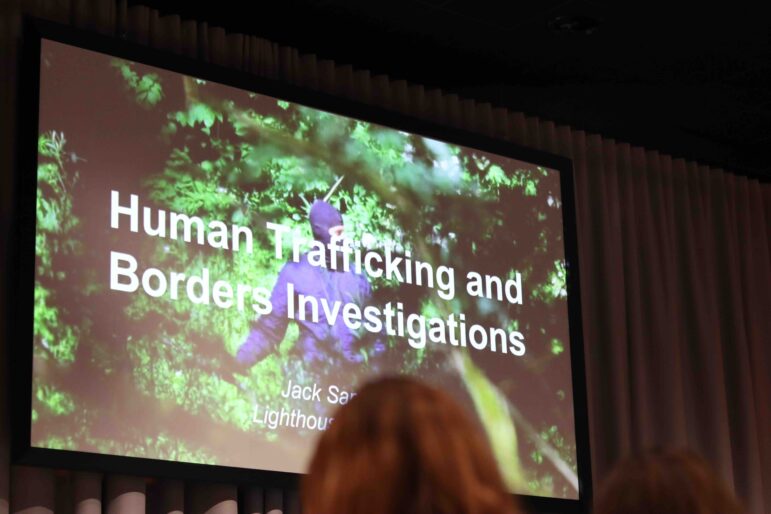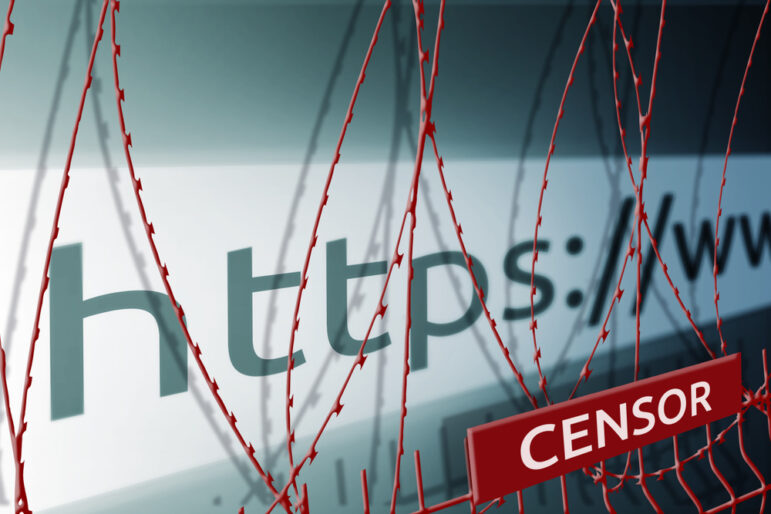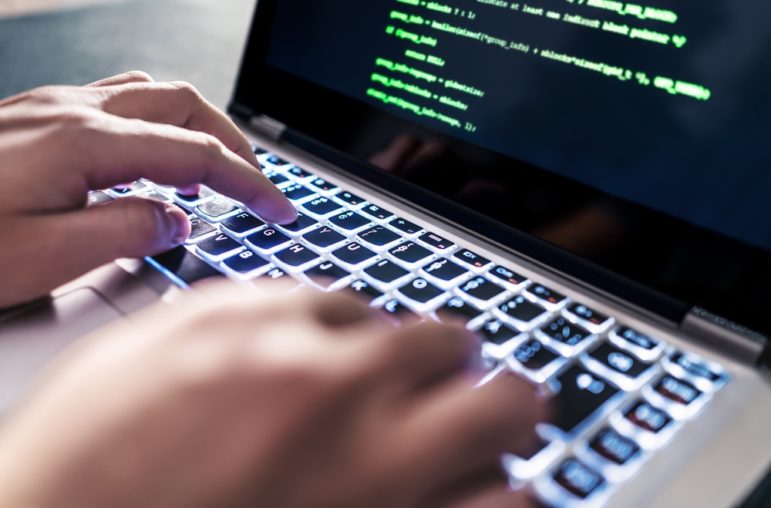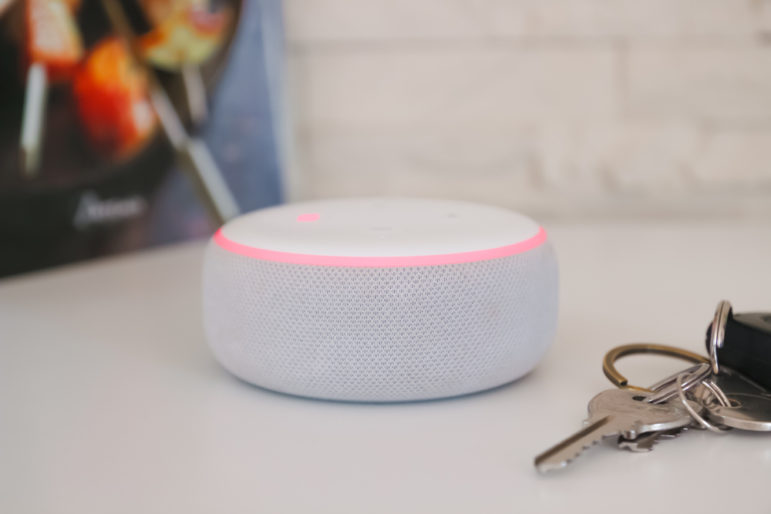

My Favorite Tools: Sally Hayden
For GIJN’s My Favorite Tools series this week, we spoke with Sally Hayden, an award-winning freelance journalist and photographer who specializes in reporting on migration, conflict, and humanitarian crises.
After studying law and politics in Dublin, Hayden won the Simon Cumbers Student Media Award for print journalism in 2013, funding a trip to Malawi to report on women’s rights. Hayden has since reported from across Africa, Europe, and the Middle East, working with the Financial Times, the BBC, The New York Times, The Washington Post, and many other media outlets.
Hayden, who has freelanced since 2016 after two years as a staff writer for VICE News, has reported on Africa for The Irish Times from her current base in Uganda since May 2019. She recently returned from three weeks reporting from the Alan Kurdi migrant rescue ship off the coast of Libya.
Here are some of Hayden’s favorite tools:
Messaging Apps: WhatsApp, Signal, Viber
“My sources are all over the world. Refugees in particular go to extreme lengths to ensure they have a phone as it’s their lifeline – a way to get vital information or to put out calls for help.
“Over the past 17 months I have been reporting on migrants detained in Libya. I started to get messages from people in Libyan detention centers in August 2018. It seems strange to be reporting at such a distance, but my sources say it feels much safer for them to be messaging someone who is thousands of miles away, rather than in Libya, where things are closely monitored.
“I prefer Signal, but WhatsApp and Viber are seen as normal apps to have on your phone. Signal can raise more questions and detainees’ phones are regularly searched by guards so they need to be sure they have nothing incriminating on them.
“I have my phone set to automatically download pictures and videos. Sometimes detainees are hiding in the toilets or under blankets to send evidence of human rights abuses and often I can’t actually publish what I’m sent as it’s too dangerous for the source. But the messages help build up information about situations – for example on forced recruitment of migrants or the aftermath of an airstrike.
“I’ve built up a lot of sources, including people who work in detention centers and those who have been evacuated, which helps with verifying the information I get by message. I can fact-check for inconsistencies or ask for GPS locations, maps or specific photos. It’s much easier to verify information about events rather than personal stories.”
Canon MK III
“As I’m freelance, it’s important for me to be able to take high-quality photos. It can be very hard to get stories commissioned because of shrinking budgets so I always take my own photos and that helps. It can also be good not to have to involve someone else who is less connected to the source. If the source trusts you to talk, they trust you to take photos.
“I’ve never had any negative reactions to my camera but in places like Calais, where I reported from refugee camps in 2015-2016, you have to be careful about just walking around taking pictures of refugees. Many feel that having their photo published can have negative consequences for their asylum cases.
“On the other hand, in some situations, like in regime-held Syria, there are many attempts to use visiting foreigners in propaganda, so it’s important to be able to visibly identify yourself as a journalist – a big camera is a way to do that.”
Scrivener
“I’ve only recently started using [the writing and document management app] Scrivener but I’m now working on a book project about migration and European borders, and it’s good to be able to organize information into different chapters with different sections.
“I’ve started writing my articles in Scrivener, too, and it helps to get everything in order – sometimes it can be a nightmare having too much information to deal with. I took part in the Logan Nonfiction Fellowship program in 2019 at the Carey Institute for Global Good and my colleagues there were raving about it too.”
Spreadsheets
“Admin is unfortunately a big part of freelancing. I use spreadsheets to keep track of things. I have different columns for story ideas, the sources I’ve spoken to and where I’ve pitched. When you start meeting a lot of people and they tell you about everything that’s going on, then your reporting starts getting recognized and more people start getting in touch, that’s when a specialism starts to develop. I only really realized last year to what extent I focus on migration.
“I also use spreadsheets to track filing dates for different publications, whether I’ve invoiced or been paid for a piece and so on. I do all my admin myself, including booking travel, so it can be complicated to keep track of everything.”
Kindle
“I got a Kindle [e-reader] recently and it’s pretty much quadrupled the number of books I’m reading. I’ve been in Uganda since the beginning of May but I travel a lot and it’s so much easier – before a lot of my luggage allowance was taken up with books.
“I think journalists should be reading as much as possible. We have a responsibility to be informed and to be aware of a much larger picture than we can cover in articles. I use it for work-related reading but also to switch off – I just like reading good writers.
“Some books I’ve read recently are Sheri Fink’s ‘Five Days at Memorial,’ Caelainn Hogan’s ‘Republic of Shame,’ Hisham Matar’s ‘In the Country of Men,’ Matthew Desmond’s ‘Evicted,’ and ‘Our Women on the Ground,’ a brilliant collection of essays by female Middle East correspondents, edited by Zahra Hankir.”
Olympus Voice Recorder and Earpiece
“In some ways I think my phone is very useful and in some ways I have very little trust in it. I’ve had voice memos deleted before and I’m worried about surveillance, so I like to have a separate piece of hardware responsible for recording. I actually have three dictaphones, and a Zoom H4N when I need radio quality. The earpiece is for recording phone conversations.
“Recording on a phone can be useful in some situations, though. In Syria, I met someone who had been arrested and tortured and was risking his life to tell me about it. I was able to put the phone face-down on the table between us to record the interview when a dictaphone would have been too dangerous. I put my phone on airplane mode to block incoming calls, as that stops it from recording.”
 Helen Massy-Beresford is a Paris-based freelance journalist covering aviation, business, technology, culture, science, food, and travel. Her first book, “The Food Lover’s Guide To Paris” (Pen & Sword), was published last year.
Helen Massy-Beresford is a Paris-based freelance journalist covering aviation, business, technology, culture, science, food, and travel. Her first book, “The Food Lover’s Guide To Paris” (Pen & Sword), was published last year.

